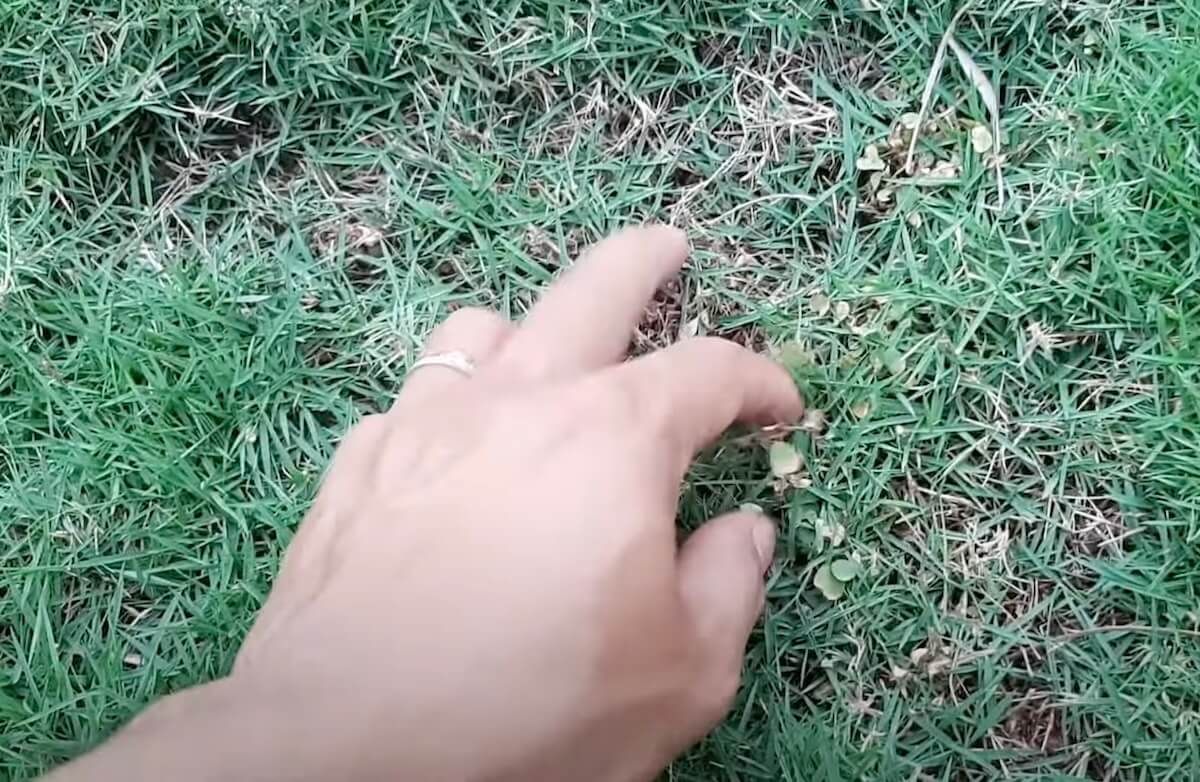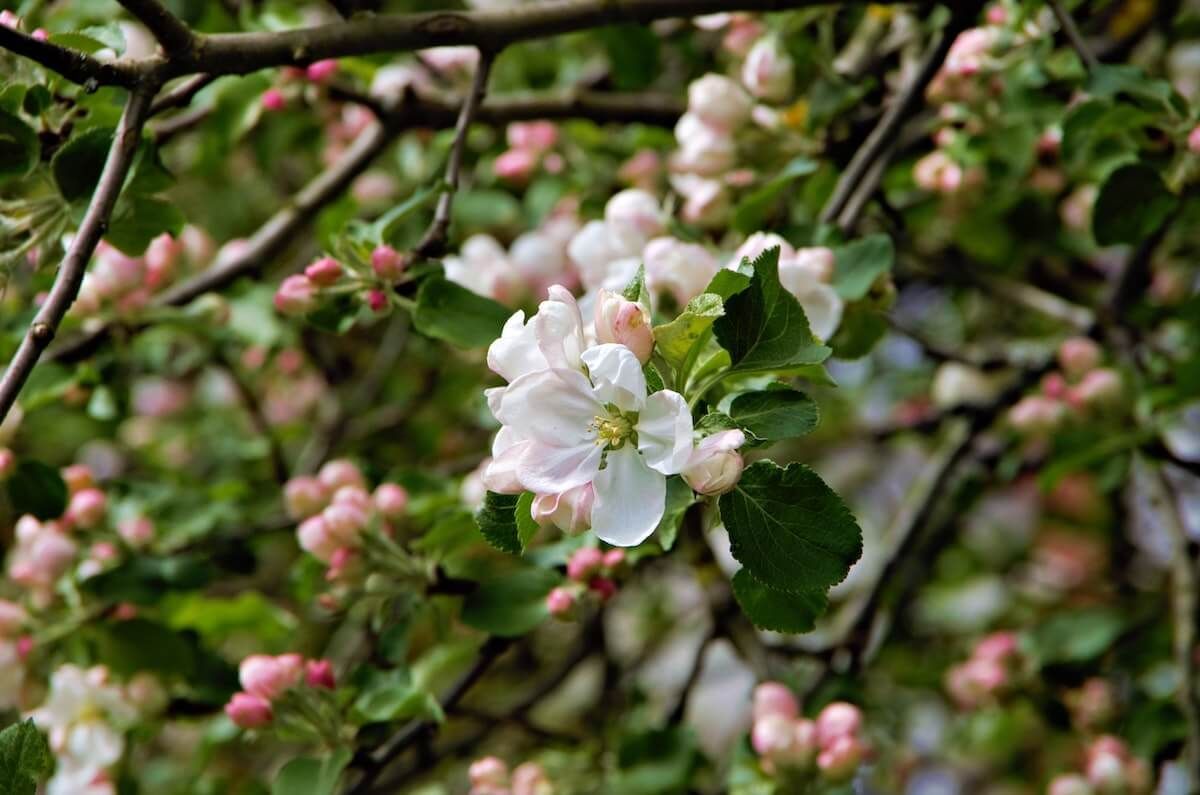How To Take Soil Temperature
Use Soil Temperature For Remarkable Vegetable Planting Results.
You will hear over and over again that the rule of thumb when starting your summer vegetable garden is to know when the last frost date for the year is in your area.
While this is good advice, it can be very difficult sometimes to select a correct planting date based simply on the calendar.
If you have been a long-term resident in your area, you know the basic weather patterns, but even then you can sometimes get duped into planting too early or too late.
Use A Soil Thermometer
For cool-season vegetables and for warm-season vegetables, one of the best tools you can own is a soil thermometer, because soil temperature is the best indicator of when to plant each type of vegetable, no matter what climate zone you live in.
They are inexpensive, usually costing around $5 to $14, and they take the guesswork out of when to plant.
How To Take Soil Temperature
- Use a probe thermometer, available at garden supply stores
- Insert the thermometer to 2 inches (5 cm) into the soil for early season and small, seeded vegetables including arugula, fava beans, beets, broccoli, Brussels sprouts, cabbage, carrots, cauliflower, kale, leeks, lettuce, many of the oriental greens, onions, parsnips, peas, radicchio, radishes, spinach, Swiss chard and turnips
- Insert the thermometer 4 inches (10 cm) for warm-season vegetables such as tomatoes, eggplants, peppers, cucumbers, squash, corn, and melons
- Take the temperature at the same time each day for several days in a row and average them out. The best time to take the temperature is mid-day
- Start thinking about planting cool season crops when soil temperature averages at least 40° F(4° C) and warm season crops when the average is 50° F (10° C) or more.
| Soil Temperature Guidelines for Vegetable Crops | |
| Crops that will germinate in the coolest soils, down to 40° F (4° C) | Arugula, fava beans, kale, lettuce, bok choi, parsnips, peas, radicchio, radish and spinach seed |
| Crops that will germinate with a soil temperature above 50° F (10° C) | Chinese cabbage, leeks, onions, Swiss chard, and turnips |
| Crops that will germinate with a soil temperature at or above 60° F (16° C) |
Beans, beets, broccoli, Brussels sprouts, cabbage, carrots and cauliflower. NOTE: Beans will not tolerate any frost and may have to be planted again if the temperature goes below freezing |
| Crops that will germinate with a soil temperature above 70° F (21° C) |
Tomatoes, eggplants, peppers, cucumbers, squash, corn and melons. NOTE: Tomatoes, eggplants, and peppers are slow-growing and take many weeks to grow to the stage where you can plant them out in the garden, so you might want to purchase these seedlings from your local garden center. On the other hand, squash, cucumbers, and corn grow quickly and are easier to start from seed |
Five Final Tips
1. Wait to plant until the soil reaches the proper temperature for a specific crop
2. Buy cold-tolerant or short-season varieties
3. Warm the soil with plastic mulch, a cloche, a fabric floating row cover, or cold frame
4. Be prepared to protect things if a hard freeze is forecast. Just because a crop has germinated and is starting to grow doesn't mean it can't be hit by a late frost
5. Prepare an optimum seedbed using plenty of organic matter
















